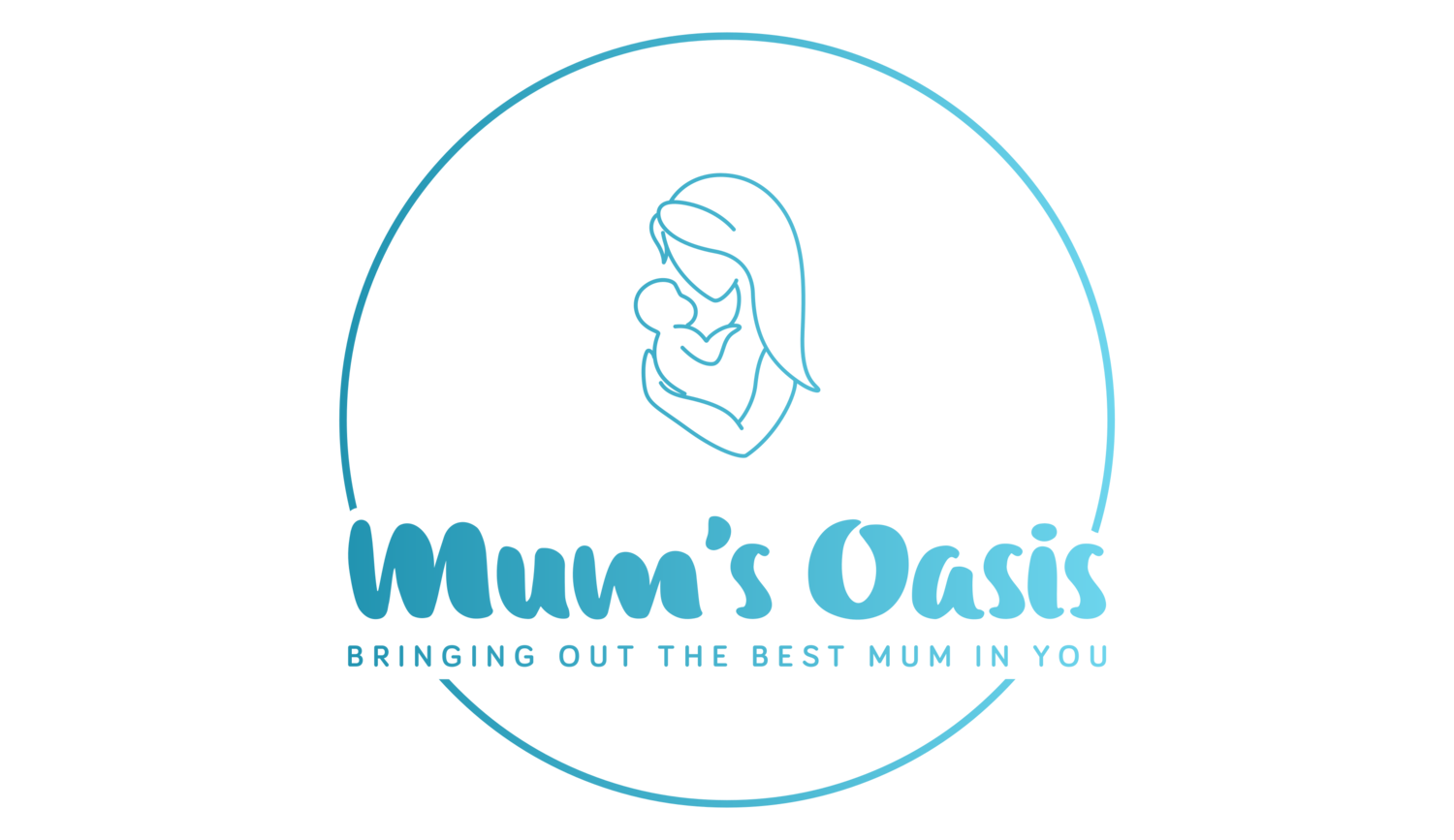VERNIX CASEOSA AND ITS BENEFITS FOR THE NEWBORN’S SKIN
The WHO recommends leaving vernix on the skin after birth and not rubbing or washing it off.
But what’s the vernix anyways and why is it so good for the baby’s skin? 🤨
What is vernix?
Vernix is the white, cheese-like protective layer on a newborn’s skin. 🧀
It is 81% water 💧 but also contains proteins (10%) and lipid (9%).
What is the function of the vernix?
🛢 In utero it is like a barrier against the amniotic fluid, providing “water-proofing” so to say, protecting the skin from getting all wrinkled up.
🧐 That explains why babies born with less vernix usually have a bit of wrinkled skin.
📉 The amount of vernix on the baby’s skin decreases towards their due date.
📆 Babies born around their due date usually have vernix all over whilst those taking a bit longer only have some left in their body folds.
🌡 After birth it continues to protect and hydrate the baby’s skin and also helps to regulate the baby’s temperature.
🧴 Research found that vernix is as good as commercial skin cleansers and even better because it also provides the skin with additional moisturisation, antioxidation and infection control 🤯
I am always in awe of how perfect every little detail is designed and taken care of. I want to encourage you to trust your body and the natural processes surrounding birth! You and your baby are made for this! 💛
Sources:
Hoath SB, Narendran V. 50 years ago in The Journal of Pediatrics. J Pediatr. 2004;144:396.


